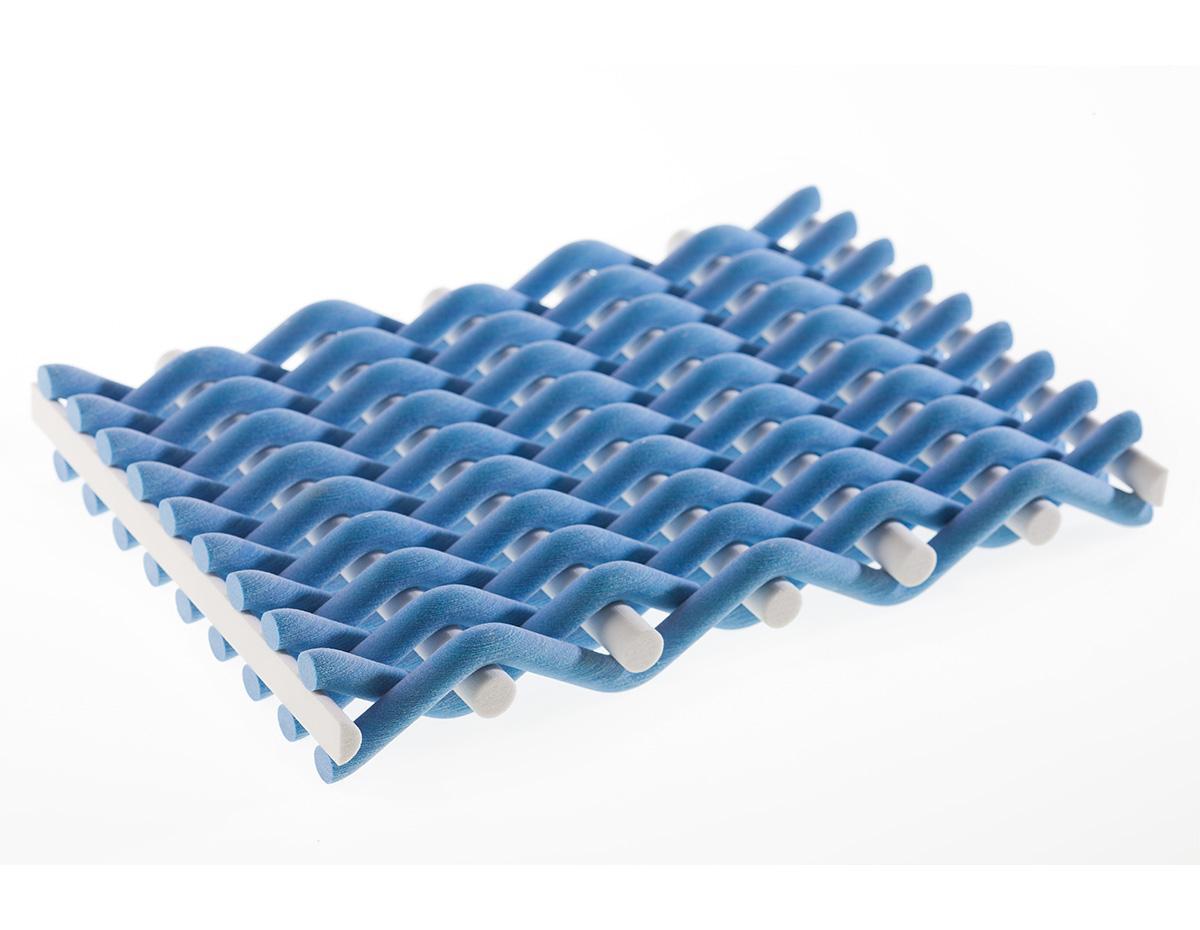Plain Dutch Weave
The plain dutch weave has a completely natural origin: braiding. The material, whether willow rods or, as with PACO fabrics, metal wires, is interlaced crosswise with each other.
There are many ways to do this. The dutch weave family is extremely diverse in terms of appearance and properties. The warp threads are thicker than the weft threads, especially in plain dutch weaves. These are woven together as tightly as possible in a linen weave. Together, this results in a wire cloths with high inherent stability and a relatively small mesh size. The plain dutch weave has very good filtering properties and is also easy to clean of filtrate deposits and residual dirt.
The origin of plain dutch weave is braiding, in which the material - i.e. the threads - is interlaced crosswise. As the interlacing can be very variable, the weave family of braids is extremely diverse both in appearance and in its characteristics. In the case of the plain weave SPW, the weft wires are interlaced as closely as possible in a (plain) linen weave. As the warp threads are thicker than the weft threads, the wire cloths has a high inherent stability with a relatively small mesh size. Plain dutch weave SPW has very good filtration properties and is easy to clean from the filtrate.

Technical data
Brochure and Data Sheet: BASICS 1
Metal Wire Cloths for Sieves and Filters
Brochure and Data Sheet: BASICS 2
Filter Cloths
